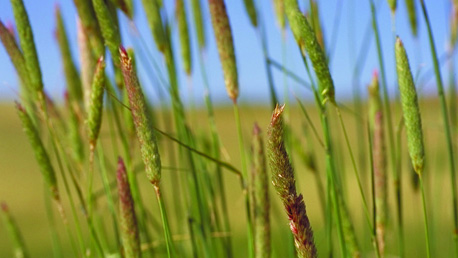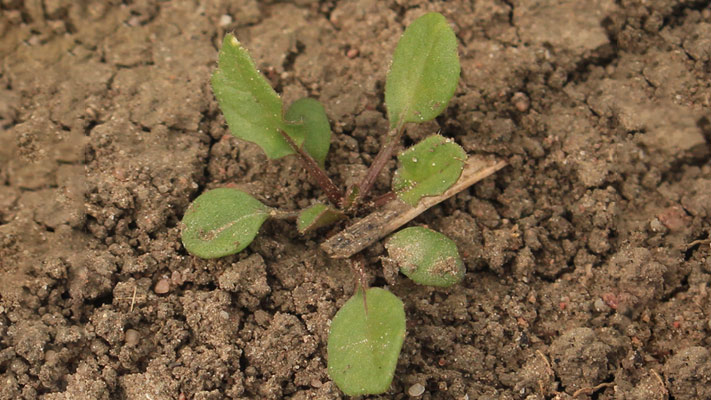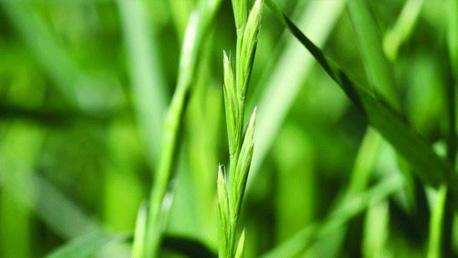Volunteer canola
Brassica napus
The majority of volunteer canola seedlings emerge during the year following a canola crop. With several different herbicide tolerant canola varieties available, consideration should be given to the herbicide tolerance of the volunteers so the correct tools can be utilised for their control. For example, applying glyphosate to Roundup Ready® canola volunteers will not control them.

Description:
At the seedling stage, canola can be confused with wild radish, however canola has cotyledons shaped more kidney-like (with a flat bottom) while wild radish cotyledons are more heart-shaped. The leaves of wild radish plants are much hairier than canola leaves which are more commonly hairless. Both plants develop as a rosette initially before the main stem elongates. Canola flowers are yellow, while wild radish are mainly yellow or white but can also be a pink or purple colour.
Control:
With a range of herbicide tolerant canola available, it is crucial to consider the previous cropping history to choose a suitable herbicide. While most volunteer canola will germinate the following year, canola seed can be viable for up to three years and longer if buried. For more consistent and effective results, control should be targeted at small canola that is less than 4 leaf.
Velocity® is registered for the control of 2-8 leaf volunteer canola in wheat, barley, cereal rye and triticale while Precept® and Eclipse® have the same crop registrations as Velocity, with the addition of oats. Tramat® is also registered for the control of cruciferous weeds (members of the Brassicaceae family).
References:
Australian Oilseeds Federation (2014), ‘Canola volunteer control’ http://www.australianoilseeds.com/__data/assets/pdf_file/0018/9261/Canola_volunteer_control_guide_-_2014.pdf
GRDC (2014), ‘Wild Radish Fact Sheet: Western, Southern and Northern Regions’, https://grdc.com.au/__data/assets/pdf_file/0023/117248/grdc_fs_wildradish_high-res-pdf.pdf.pdf
Herbiguide (2014), ‘Canola’, http://www.herbiguide.com.au/Descriptions/hg_Canola.htm









